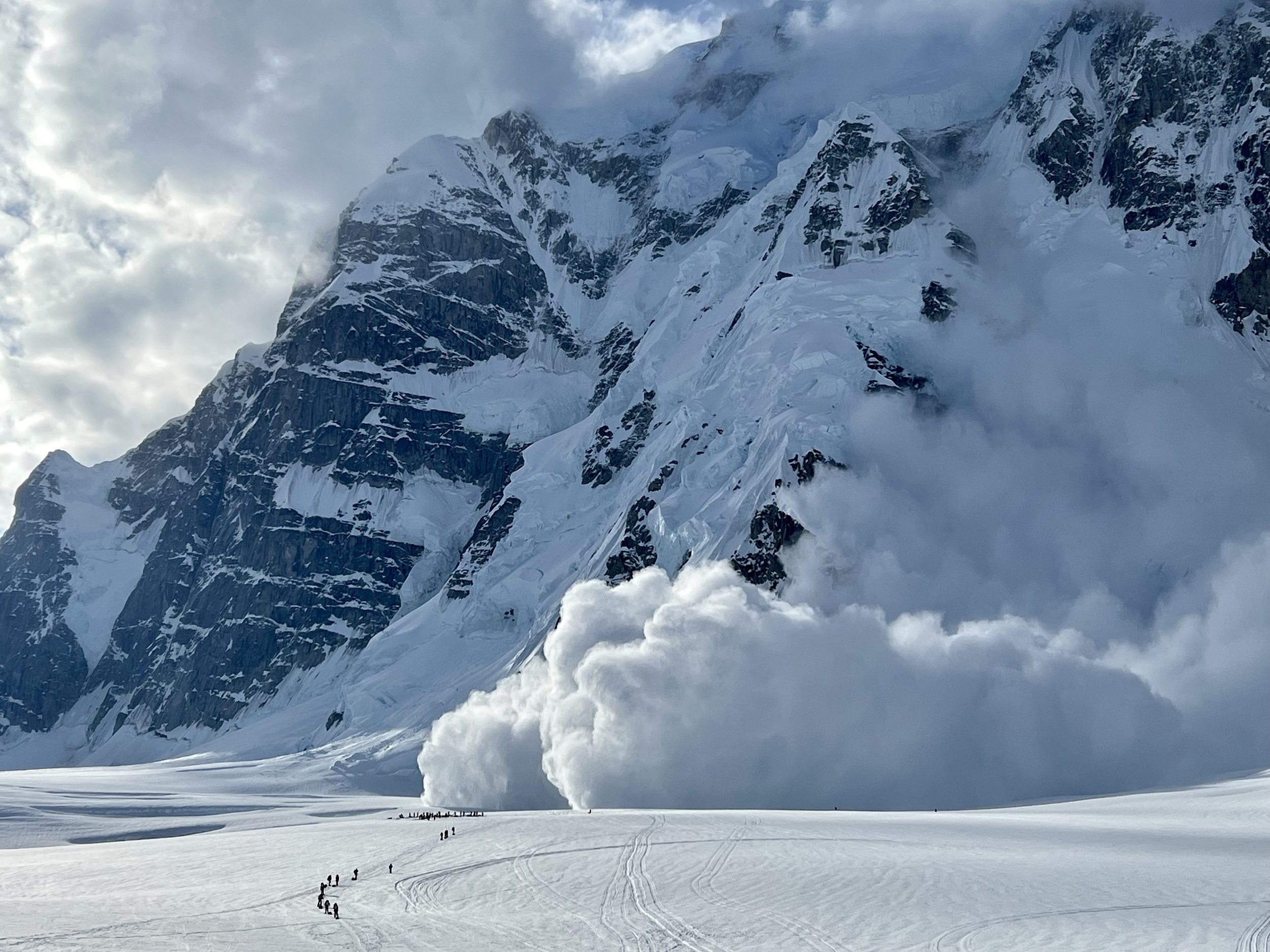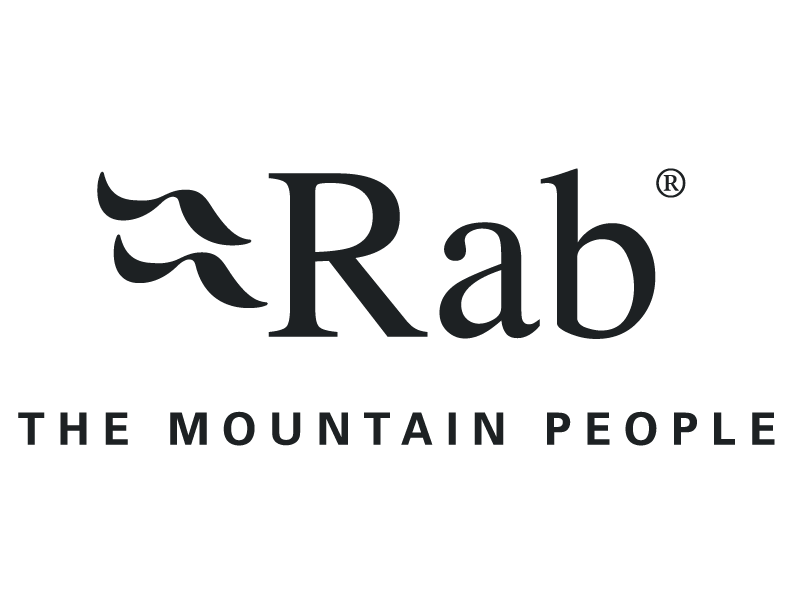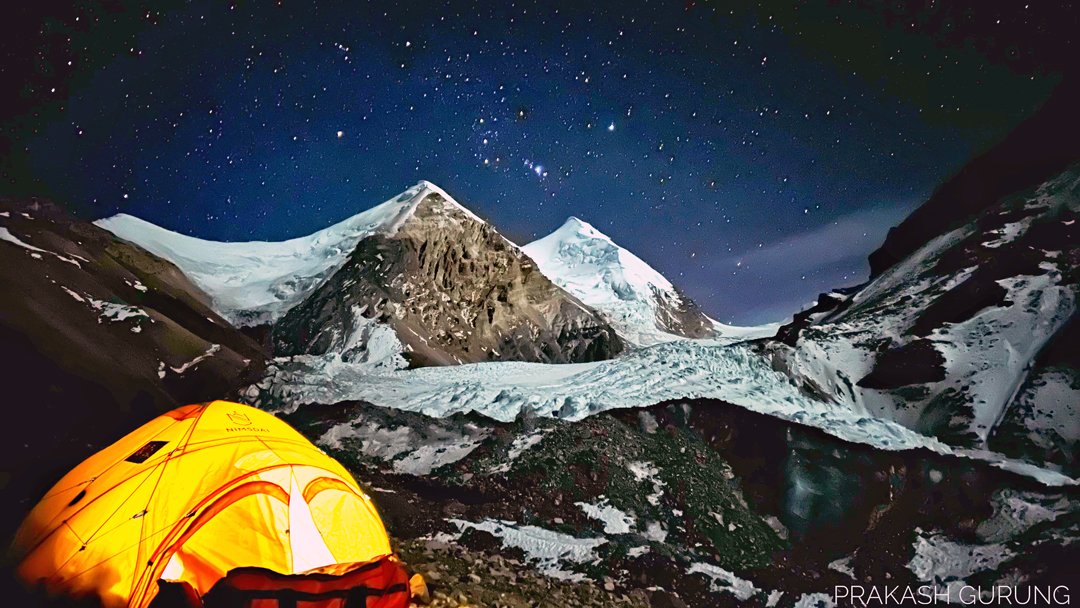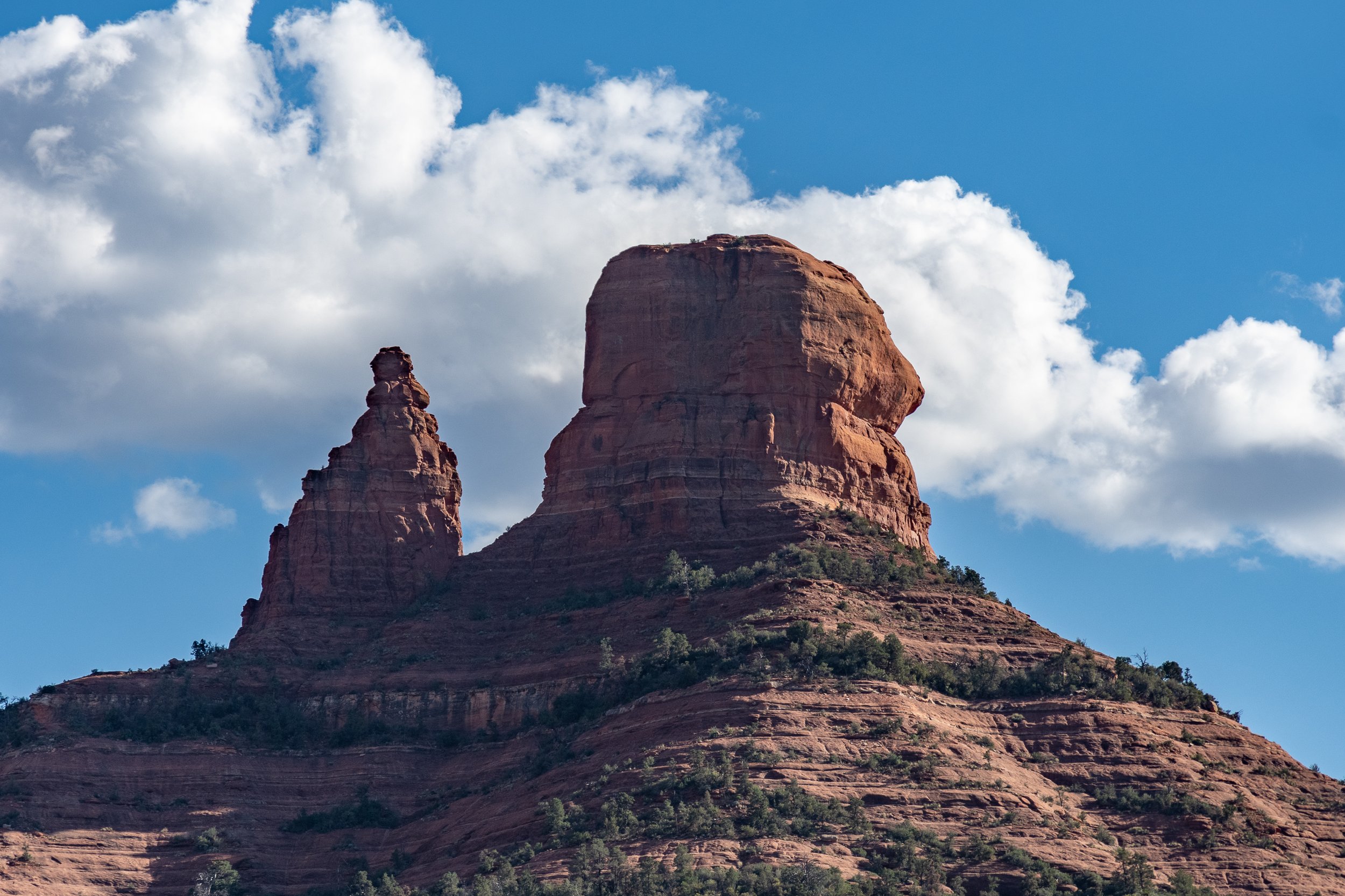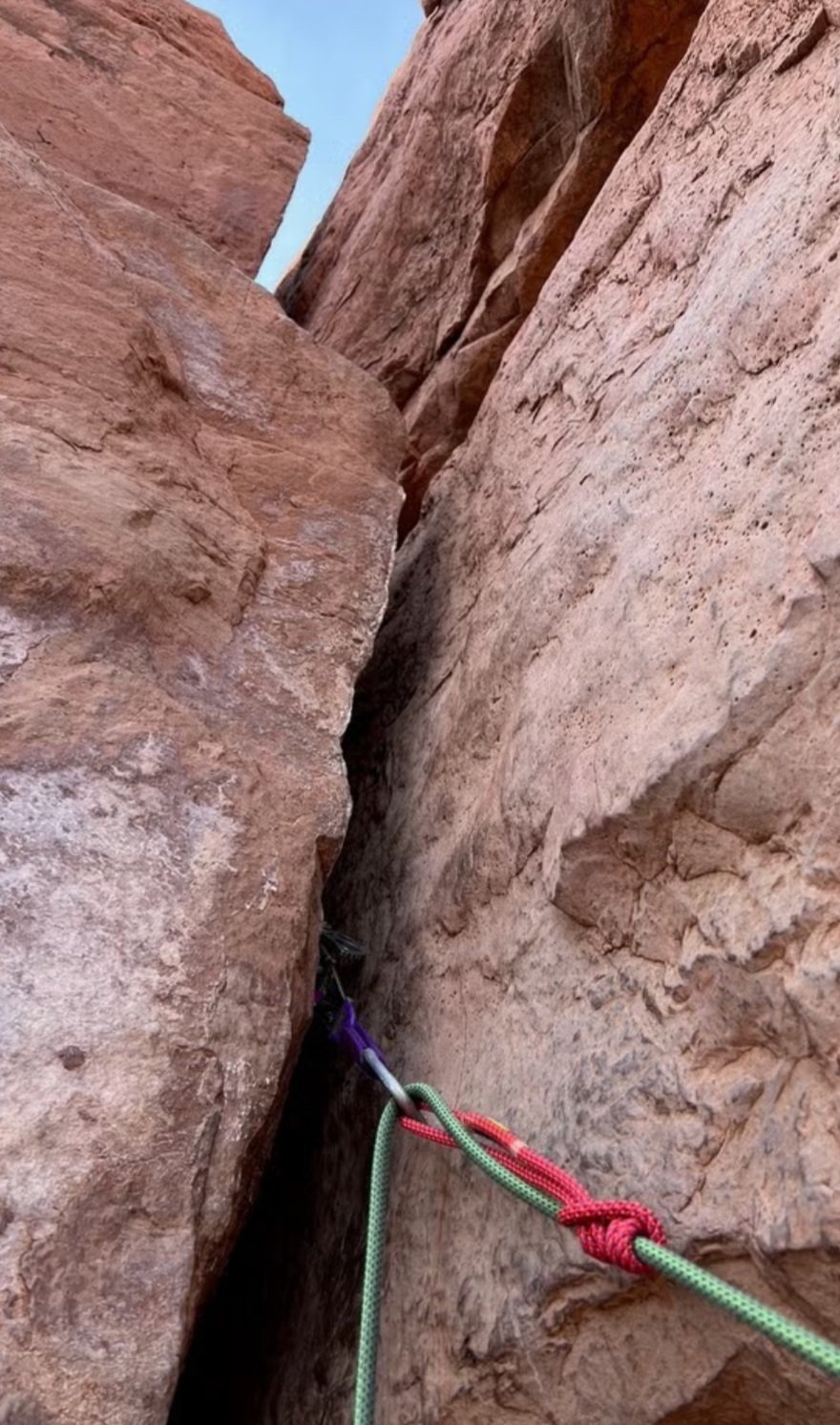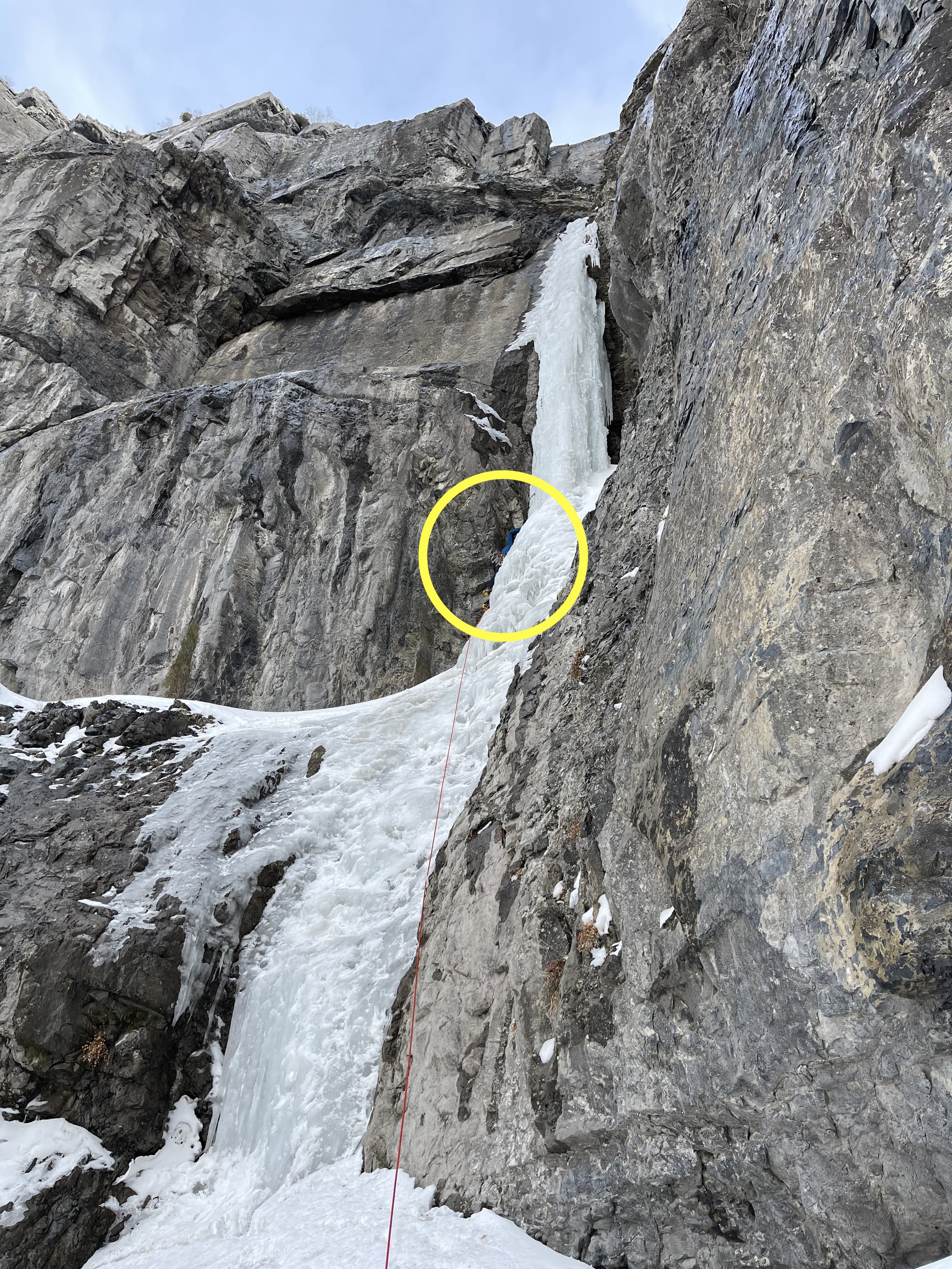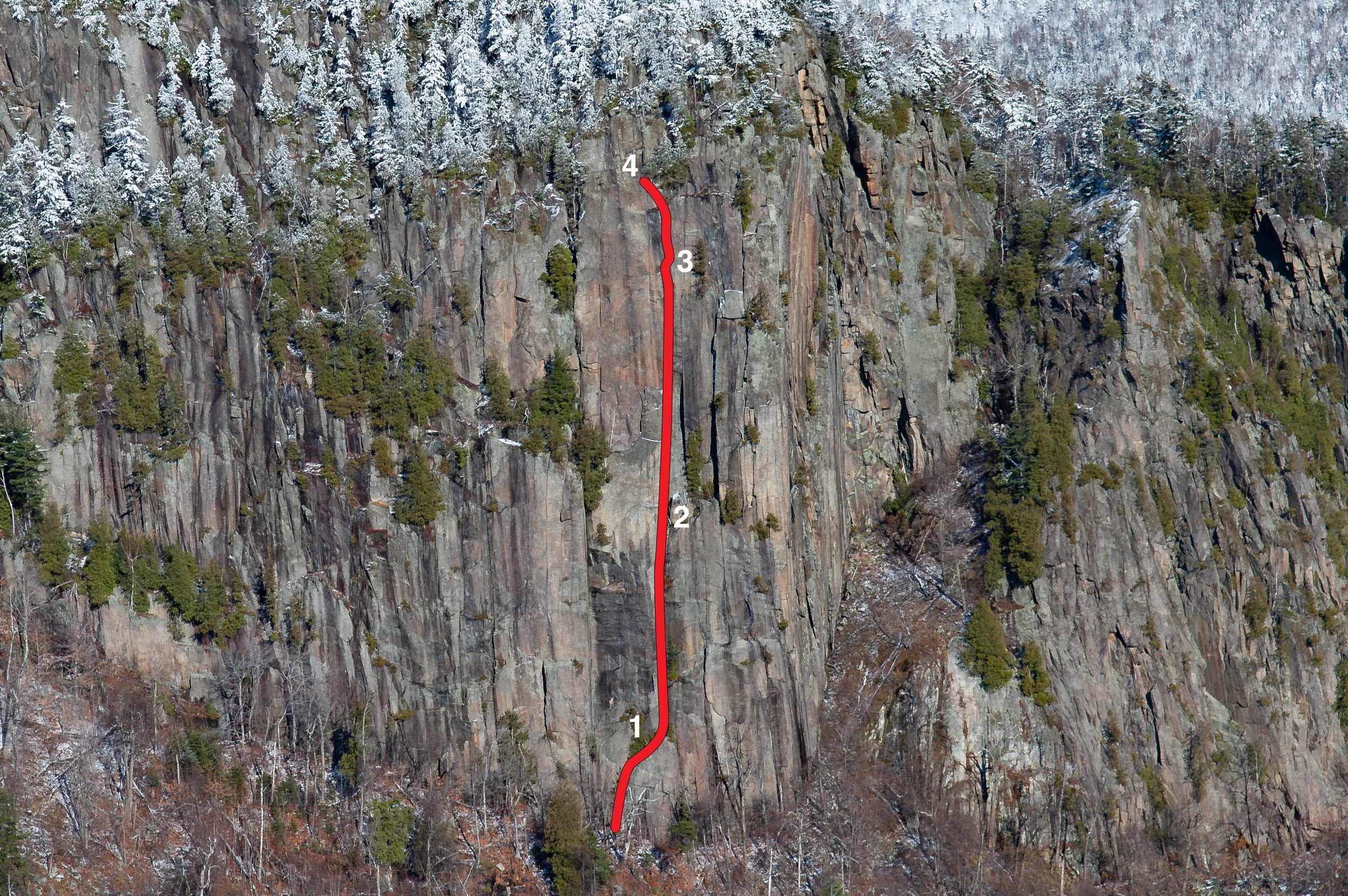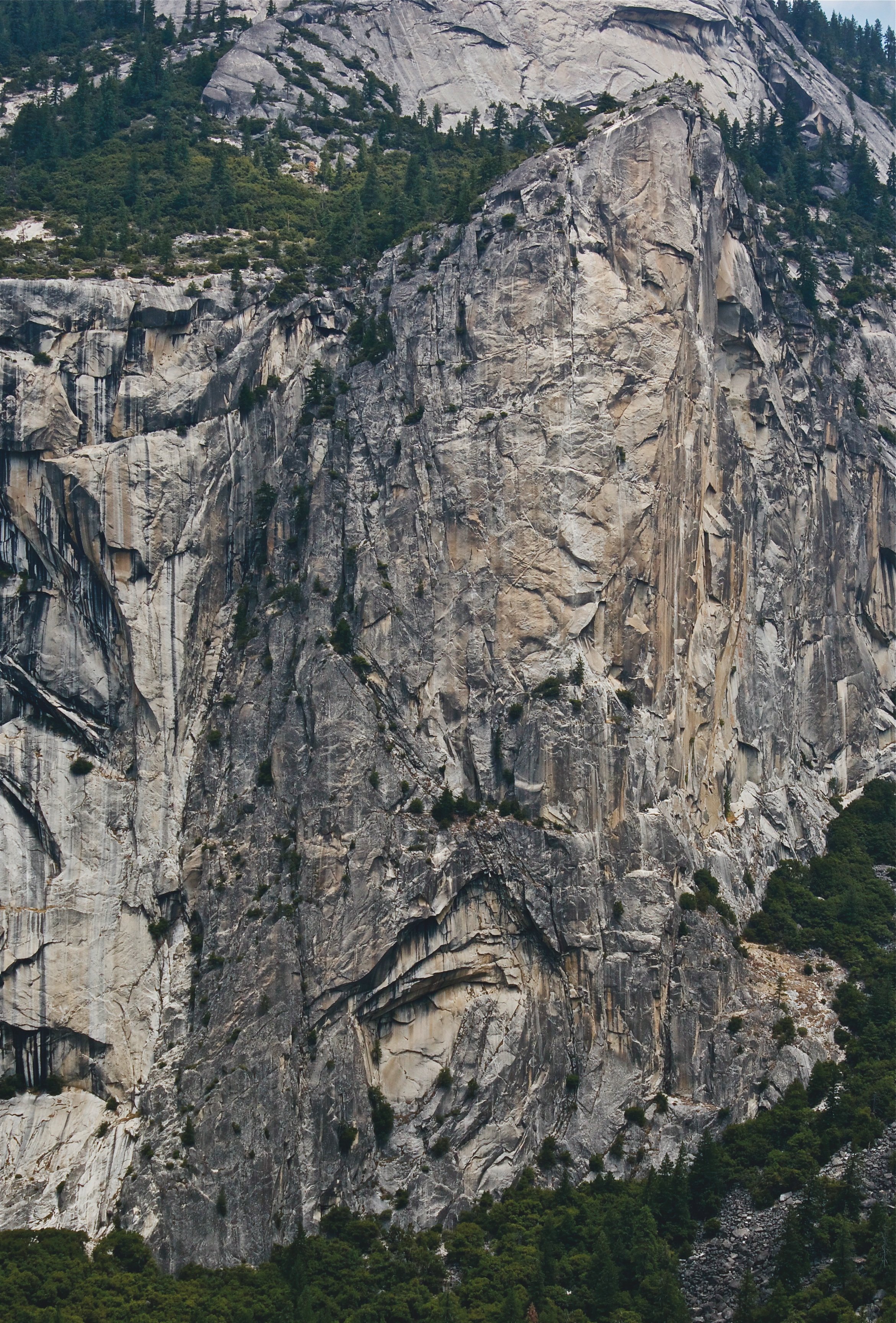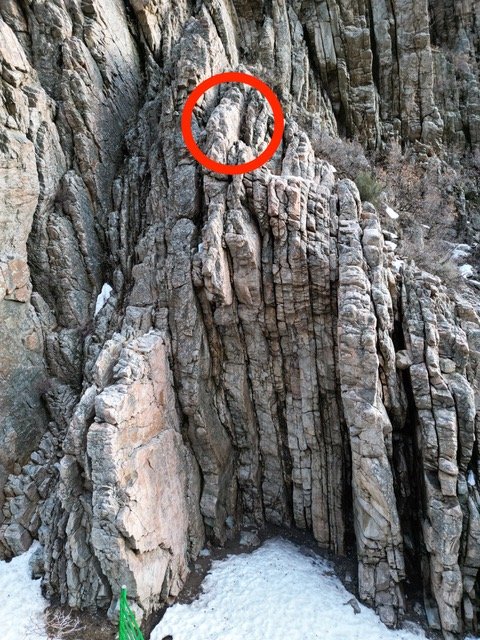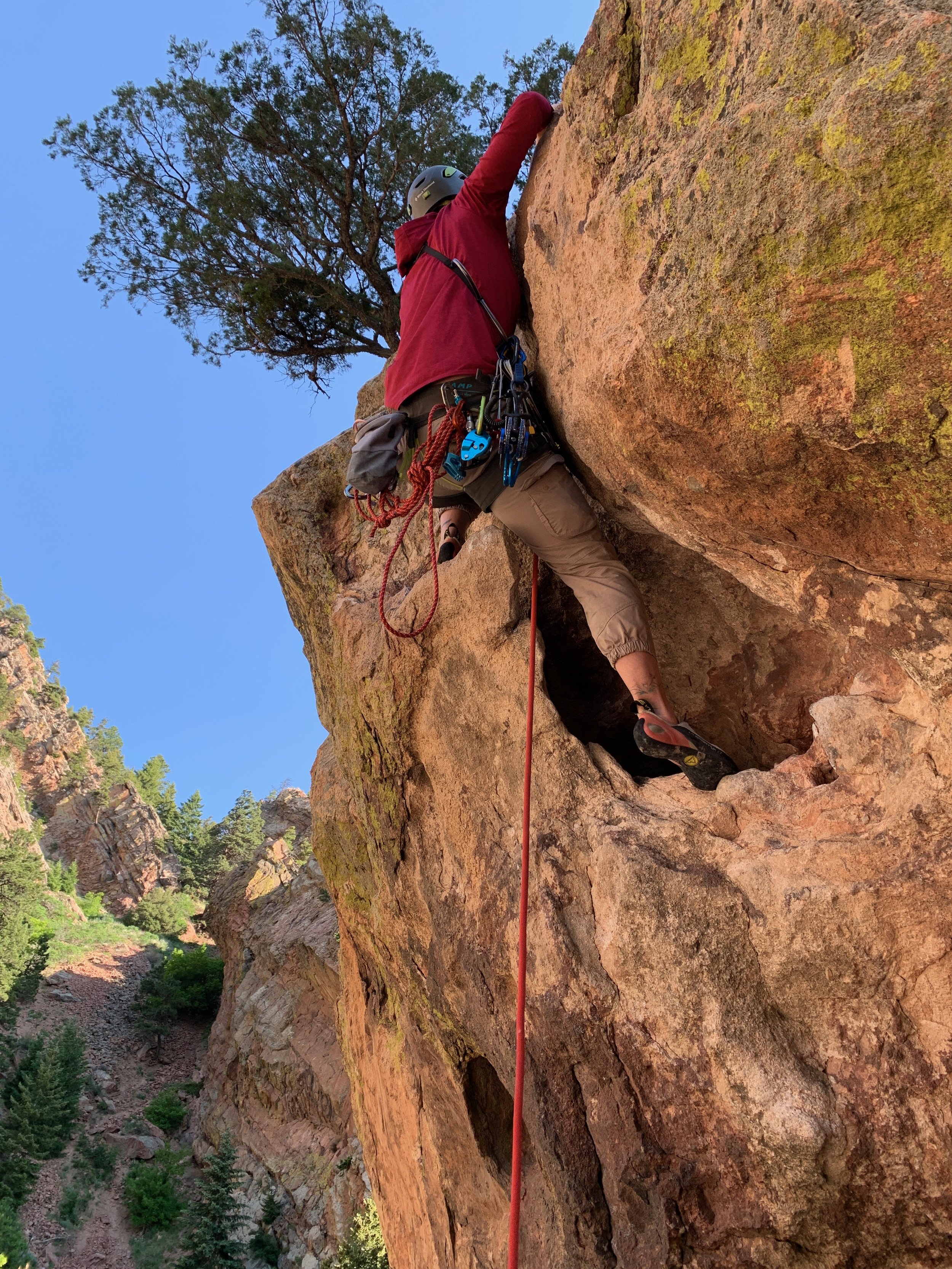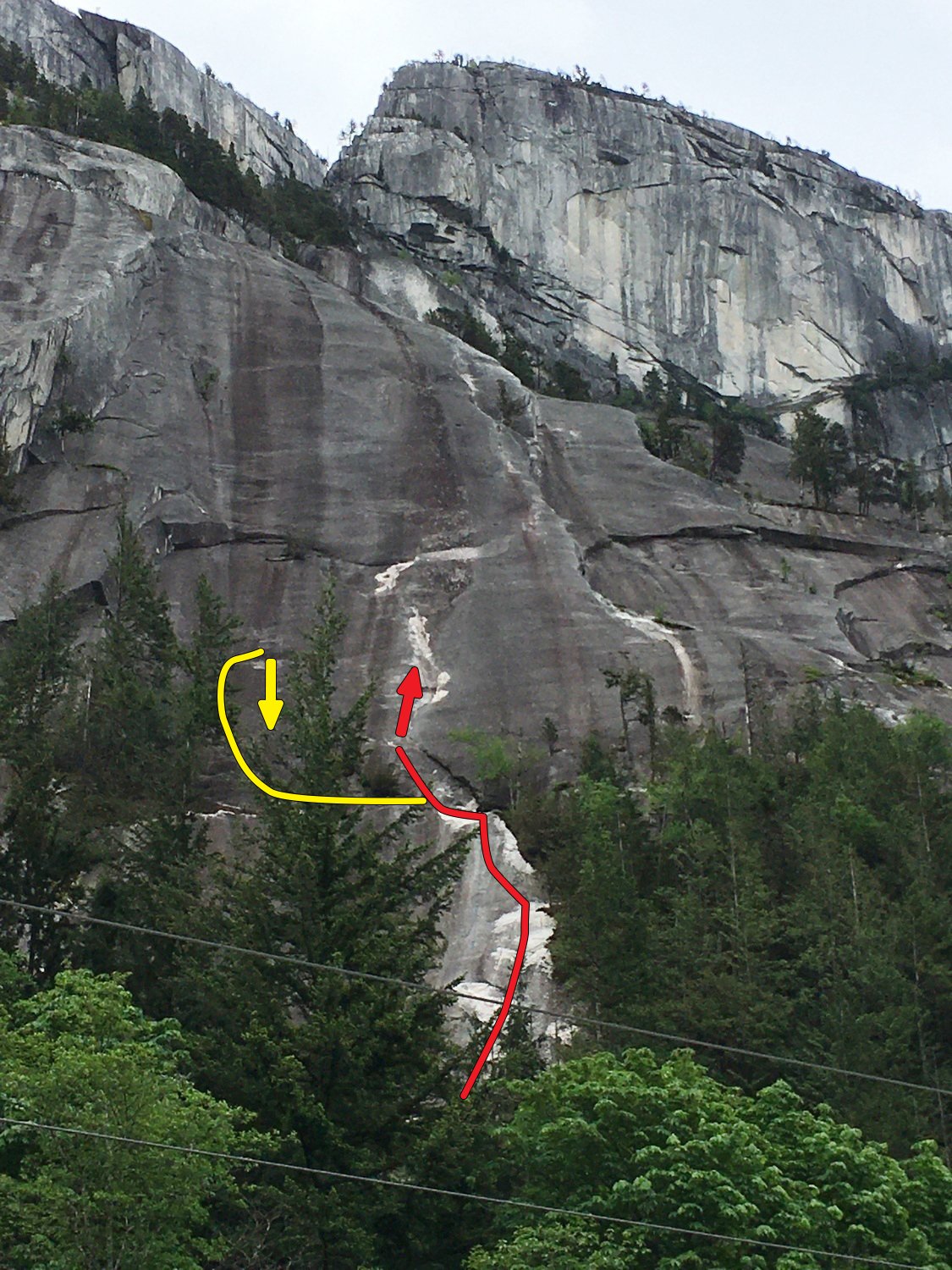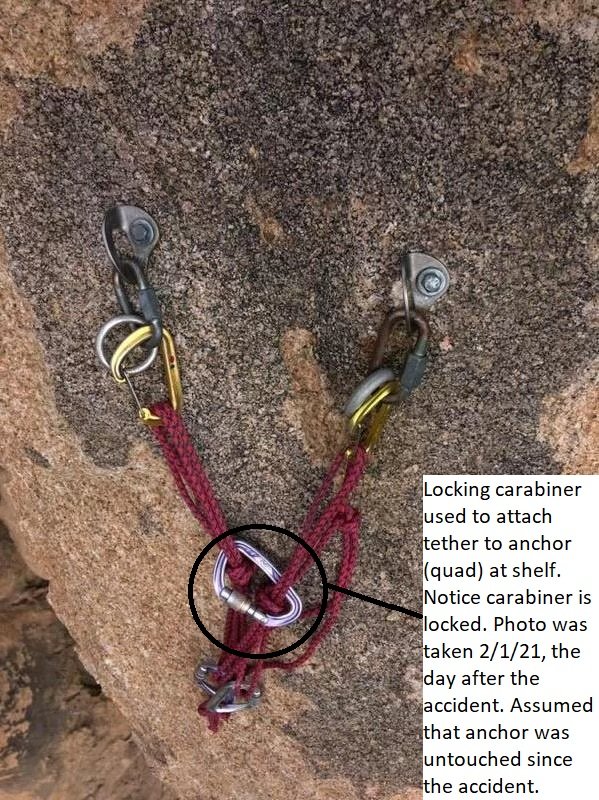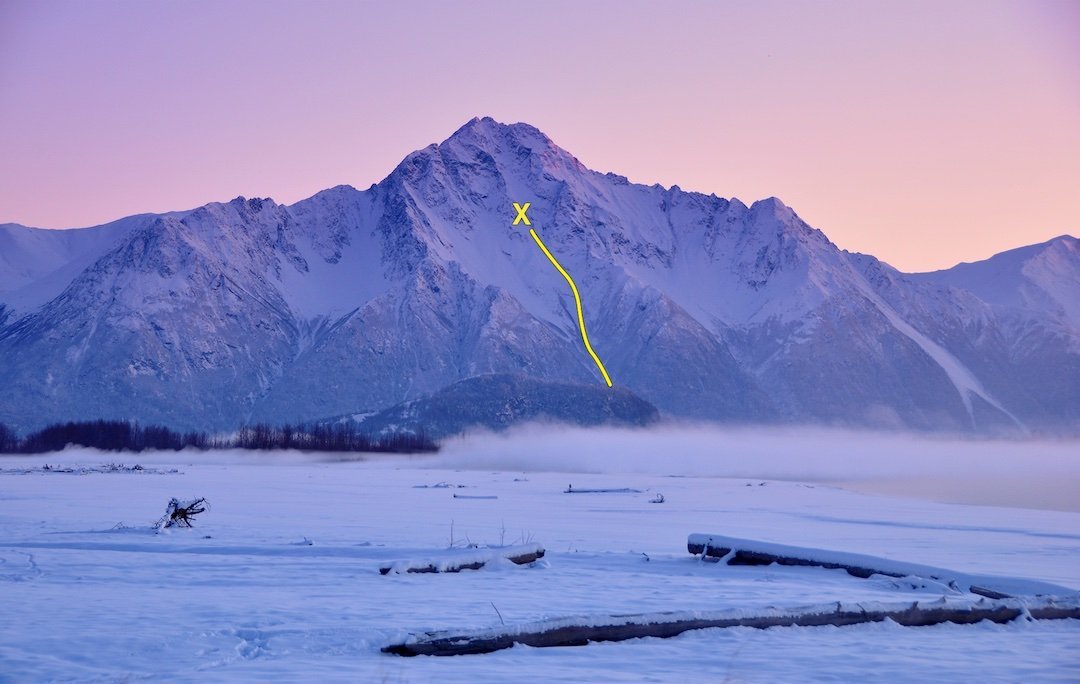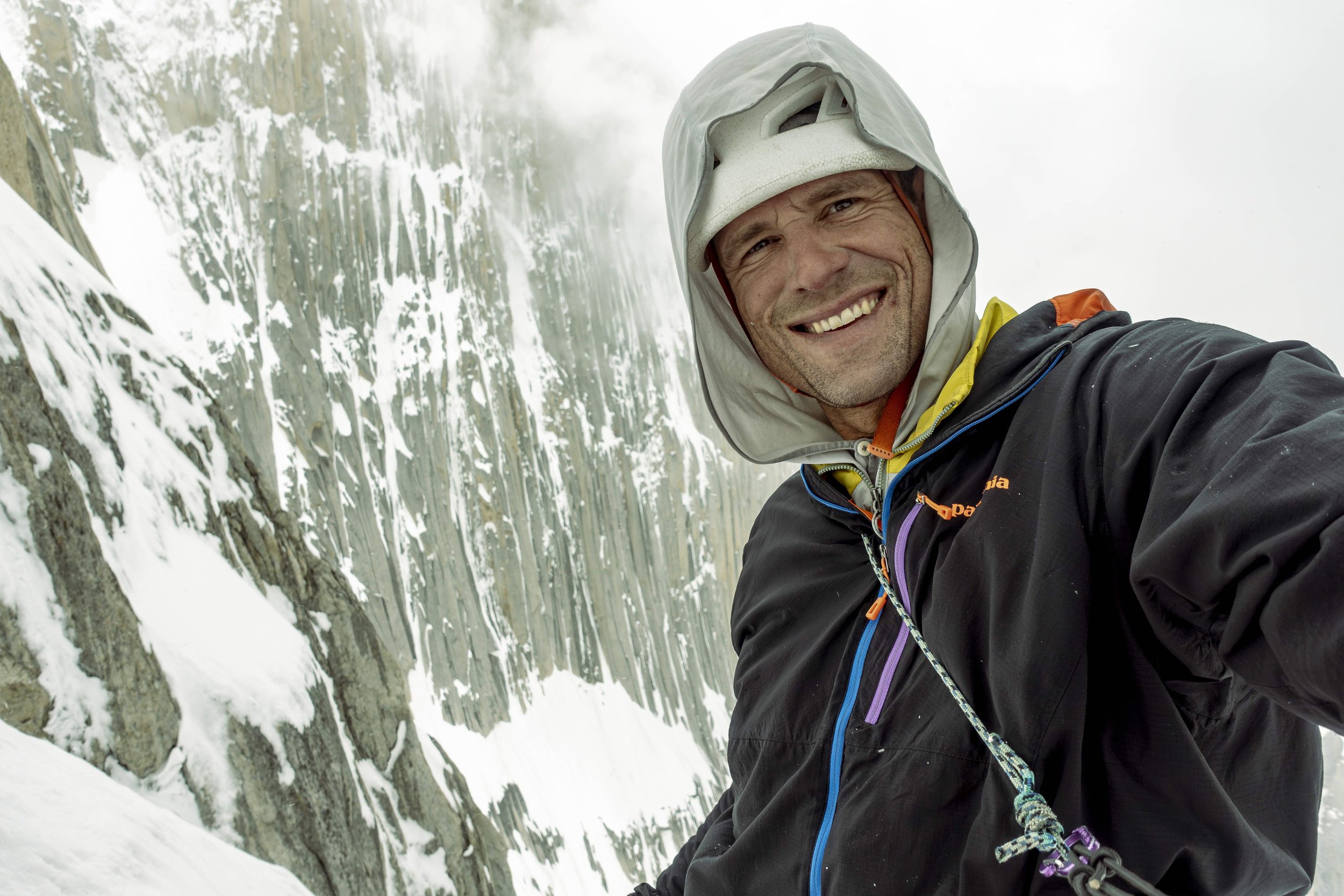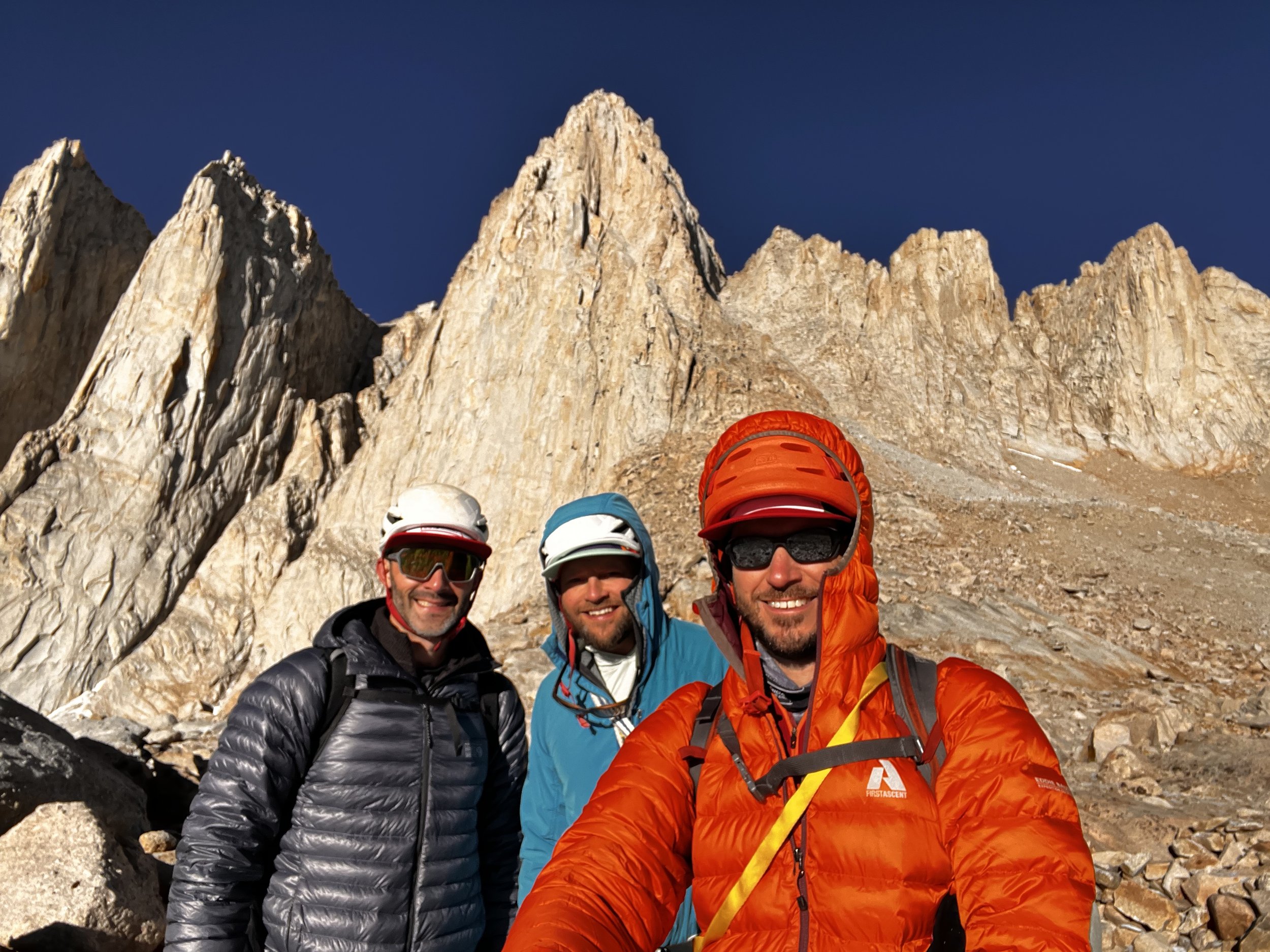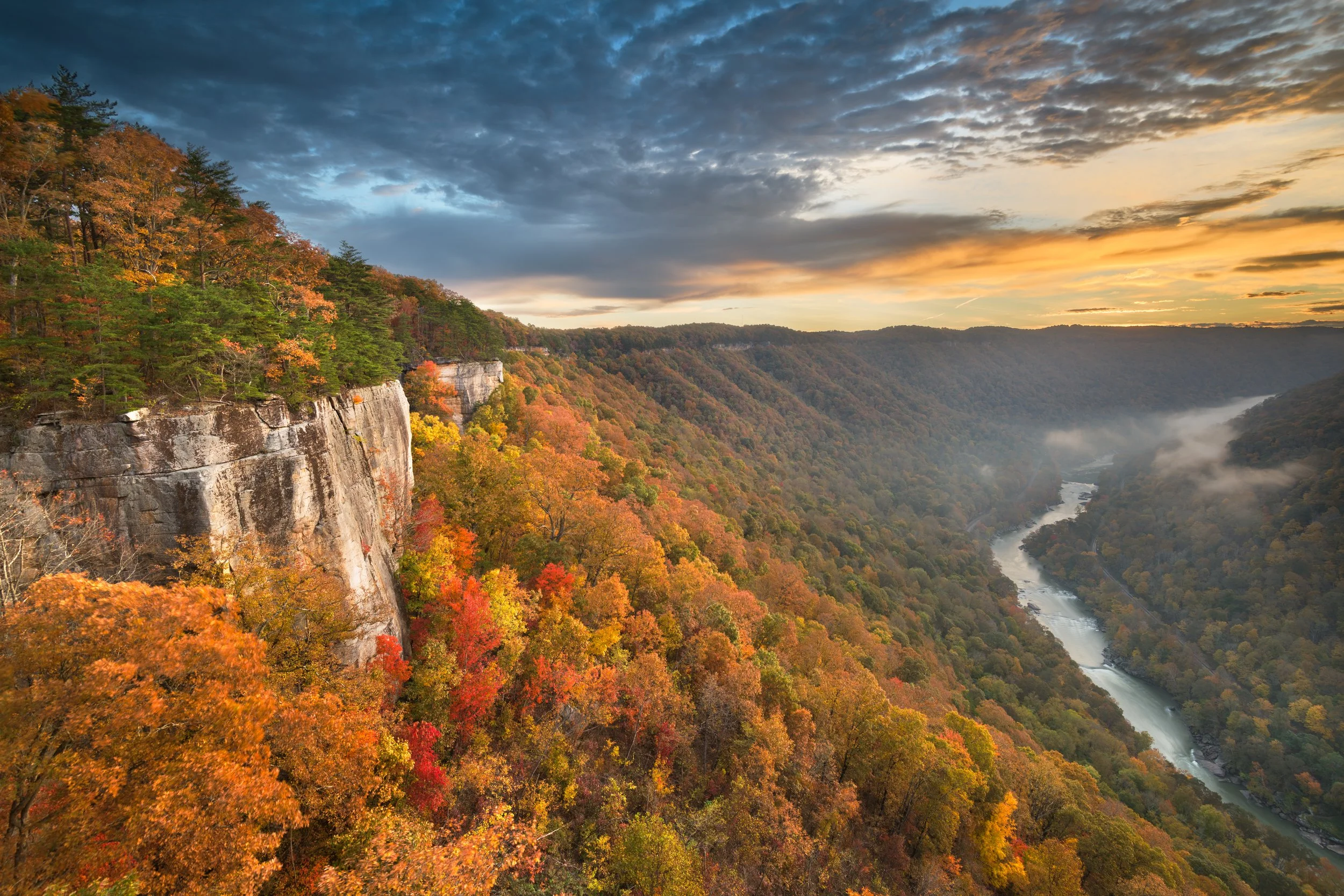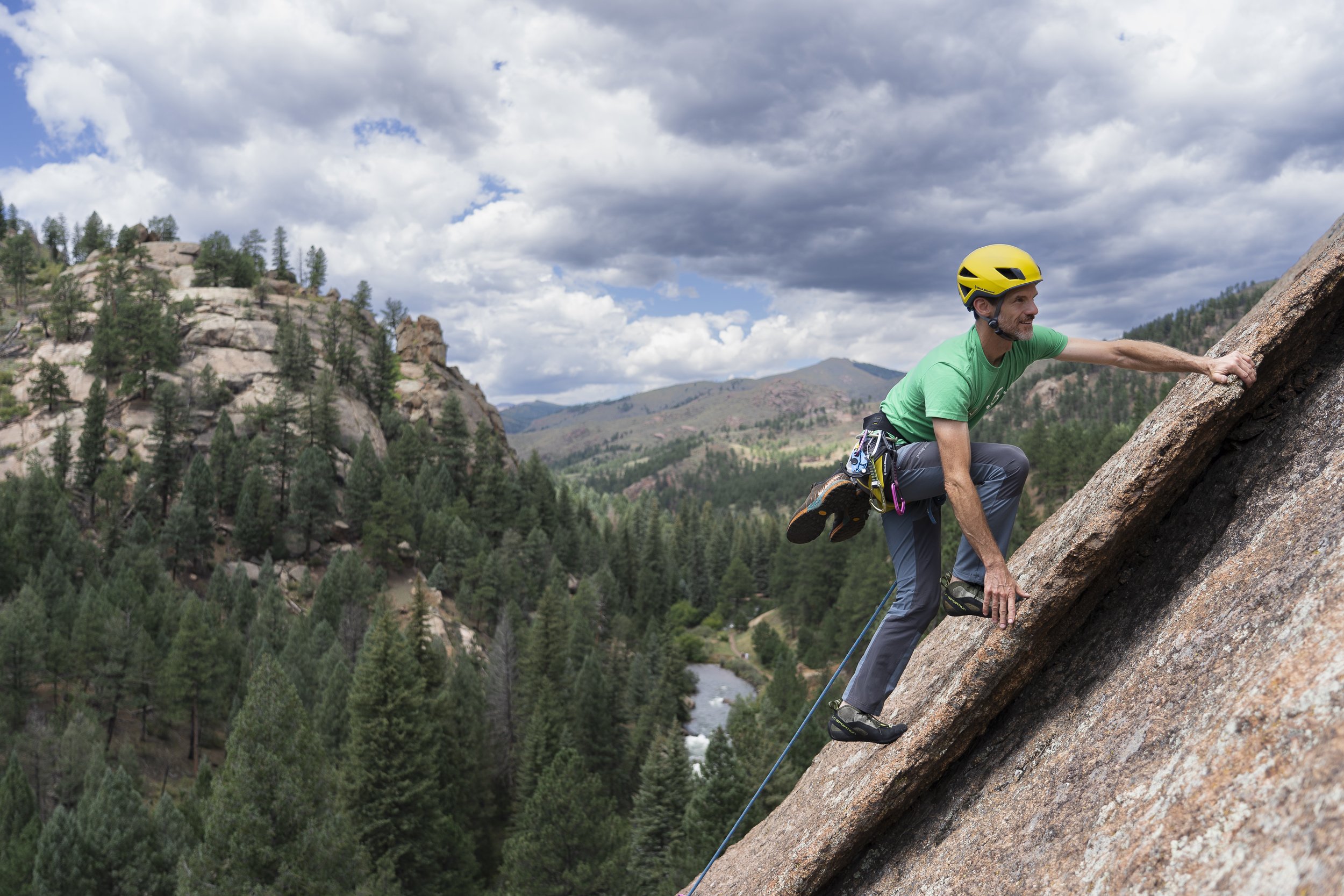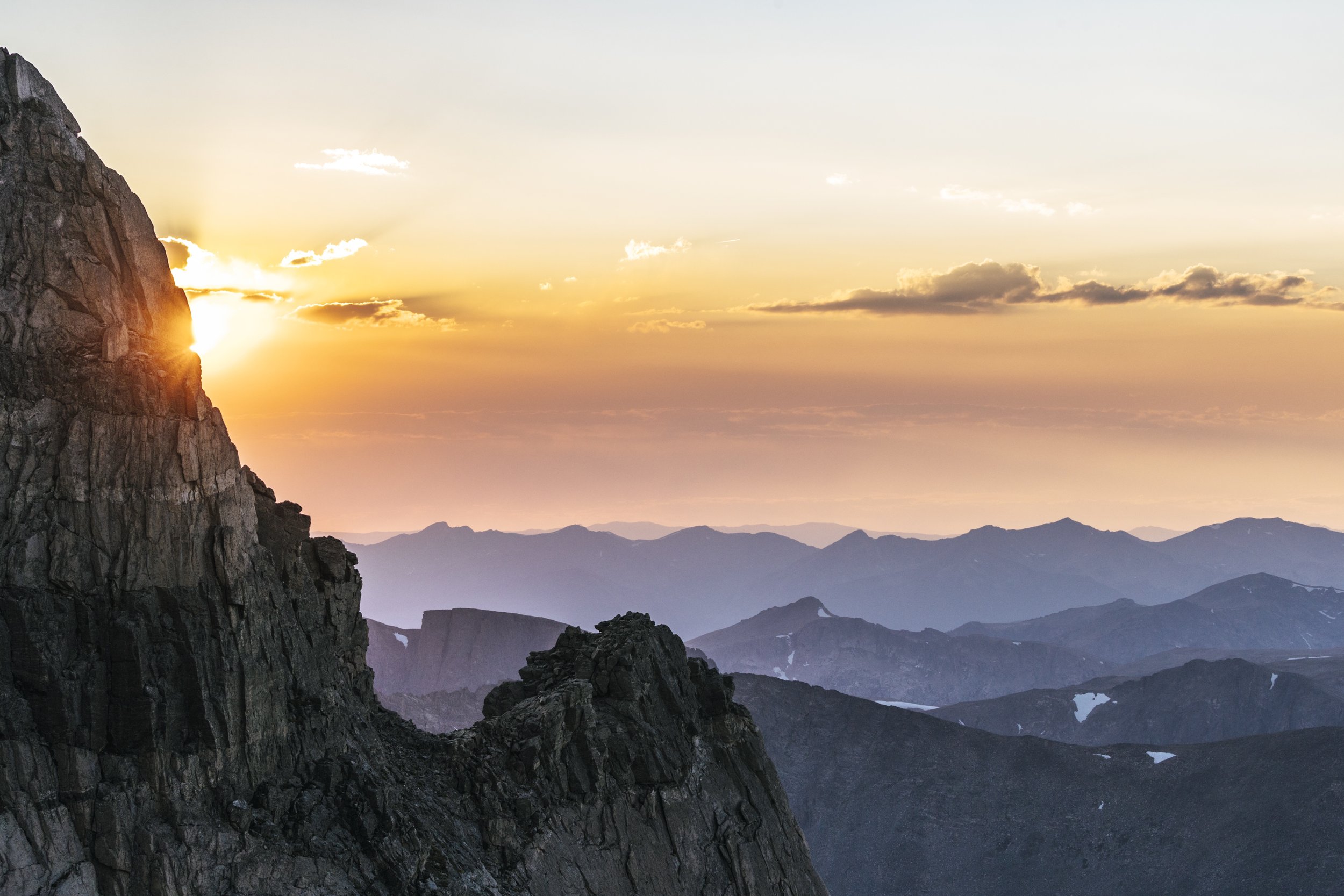Every year we publish several accounts of high altitude pulmonary edema and high altitude cerebral edema. While most of these incidents in North America occur in the Alaska Range, any terrain above 10,000 feet holds altitude hazards. Most cases are resolved by descending immediately upon the appearance of symptoms. But as you’ll read below, in the spring of 2023 on Denali, bad weather delayed a rescue helicopter, and by the time the climber was evacuated, it was too late.
Avalanche on Mt. Hunter in Denali National Park. Avalanche and high altitude illness are two proven environmental hazards in the high mountains. Photo by Dave Weber.
High Altitude Cerebral Edema | Ascending Too Fast
Denali, West Buttress Route
On May 30, 2023, an independent expedition at 14,200-foot camp notified rangers via radio that one member of their team, a 24-year-old Coloradan, had an altered mental status. The patient’s team stated that they had been dropped off by plane at base camp (7,200 feet) on May 27. Immediately upon landing, the team departed for the West Buttress Route, reaching 14,200-foot camp a day and a half later, on the evening of May 28. The team stated that upon reaching camp, all team members were feeling “OK.”
On the afternoon of May 30, teammates alerted NPS rangers that the Coloradan—after reportedly feeling “groggy” with a slight headache—began exhibiting severe symptoms of high altitude cerebral edema (HACE) and high altitude pulmonary edema (HAPE). A second team member was experiencing moderate symptoms of HAPE.
Weather conditions did not allow helicopter flights on the night of May 30. A team of NPS rangers and volunteer patrol members performed 18 hours of advanced life support on the unresponsive HACE/HAPE patient throughout the night, including treatment in a hyperbaric chamber, medications, supplemental oxygen, and mechanical breathing assistance. On the morning of May 31, the patient was evacuated by helicopter with an Air National Guard Pararescue Specialist from the 212th Rescue Unit serving as the medical attendant. The patient was flown to Talkeetna and transferred to a LifeMed air ambulance for advanced care. Unfortunately, the patient succumbed to the effects of HACE/HAPE in the hospital.
NPS rescue personnel and volunteers treat a HAPE/HACE patient at 14,200-foot camp on Denali. This portable and inflatable hyperbaric chamber is used to simulate emergent descent for severe cases of high altitude illness prior to evacuation or when descent is not possible. Photo by Menno Boermans.
ANALYSIS
As many do, this team made the assumption that living at a relatively high altitude (over 5,000 feet) and maintaining a high level of fitness would prepare them adequately for swift elevation gain. This is a severe example of the inaccuracies of this assumption. Living at altitude and having good fitness are not guaranteed to protect climbers against high altitude illness (HAI). The human body starts losing adaptations to altitude in a matter of days, which is often the amount of time that climbers spend traveling to Alaska to begin an expedition.
The Wilderness Medicine Society (WMS) recommends that, at elevations above 9,000 feet, climbers ascend no more than 1,650 feet (500 meters) to a new sleeping elevation each night. Additionally, for every 3,300 feet (1,000 meters) of elevation gain, the WMS recommends spending an extra day sleeping at a given elevation to further acclimatize.
The mountaineering rangers on Denali see many very fit climbers arriving to attempt a summit each season. Although fitness is an important factor in risk management and safe travel on the mountain, it can also make the recommended conservative ascent profile feel onerous. Unfortunately, a climber’s level of fitness has no correlation with whether or not they become stricken with HAI. Only a reasonable ascent profile and proper acclimatization will prevent climbers from becoming ill.
(Source: Denali Mountaineering Rangers.)
Denali rescue volunteer Dr. Andy Luks assesses a HAPE patient in the NPS medical tent at 14,200-foot camp. Photo by Menno Boermans.

